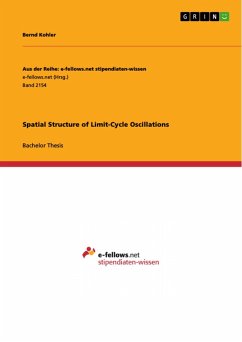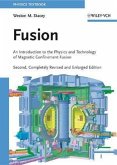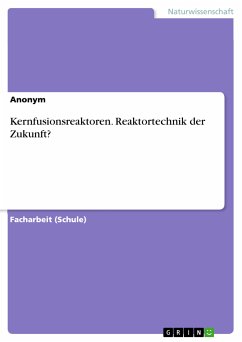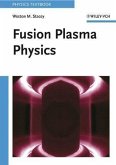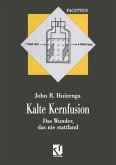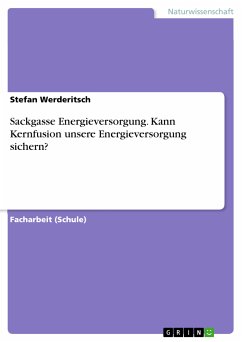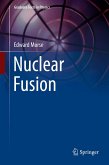Bachelor Thesis from the year 2016 in the subject Physics - Nuclear Physics, grade: 1,3, Technical University of Munich (Max-Planck-Institut für Plasmaphysik), language: English, abstract: In magnetically confined fusion plasmas it is possible to distinguish between low confinement (L-mode) and high confinement (H-mode). At the transition from L-mode to H-mode and vice versa a phase with intermediate confinement exists, which is also called I-phase. During this intermediate state limit-cycle oscillations (LCO) with a frequency in the low kilohertz range occur, corresponding to fluctuations in the plasma temperature, density and other key parameters. This work investigates the spatial distribution of these LCOs within the plasma by diode bolometry. The 2D spatial structure of the Iphase as it appears in the diode bolometers is resolved using correlation and coherence techniques between bolometer channels. It is found that limit-cycle oscillations are localized in the region of the magnetic X-point and it is indicated that they are not stationary but poloidal moving along the separatrix during the I-phase.
Dieser Download kann aus rechtlichen Gründen nur mit Rechnungsadresse in A, B, BG, CY, CZ, D, DK, EW, E, FIN, F, GR, HR, H, IRL, I, LT, L, LR, M, NL, PL, P, R, S, SLO, SK ausgeliefert werden.

